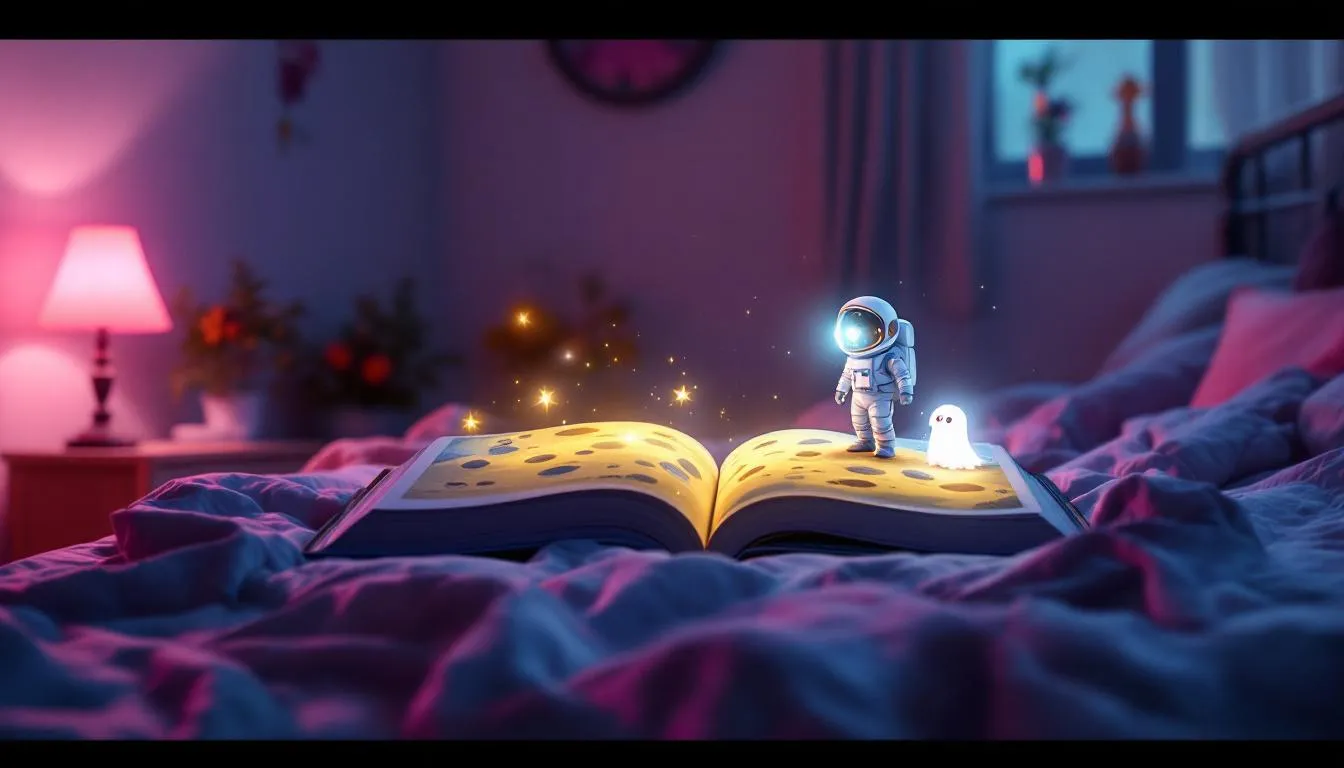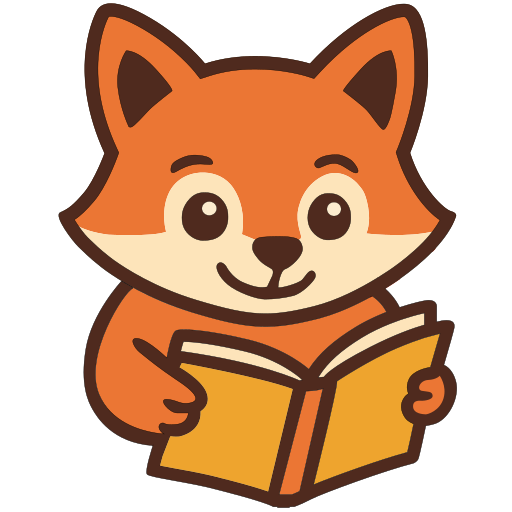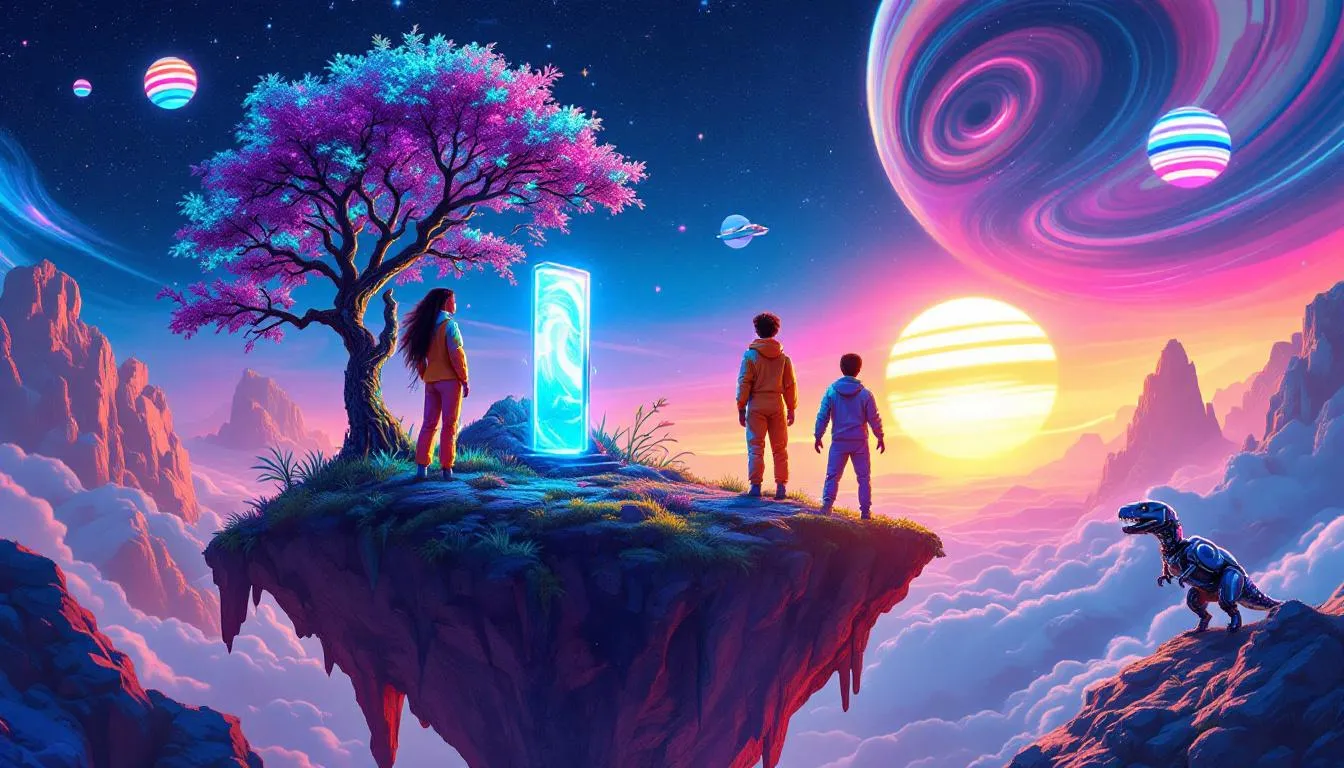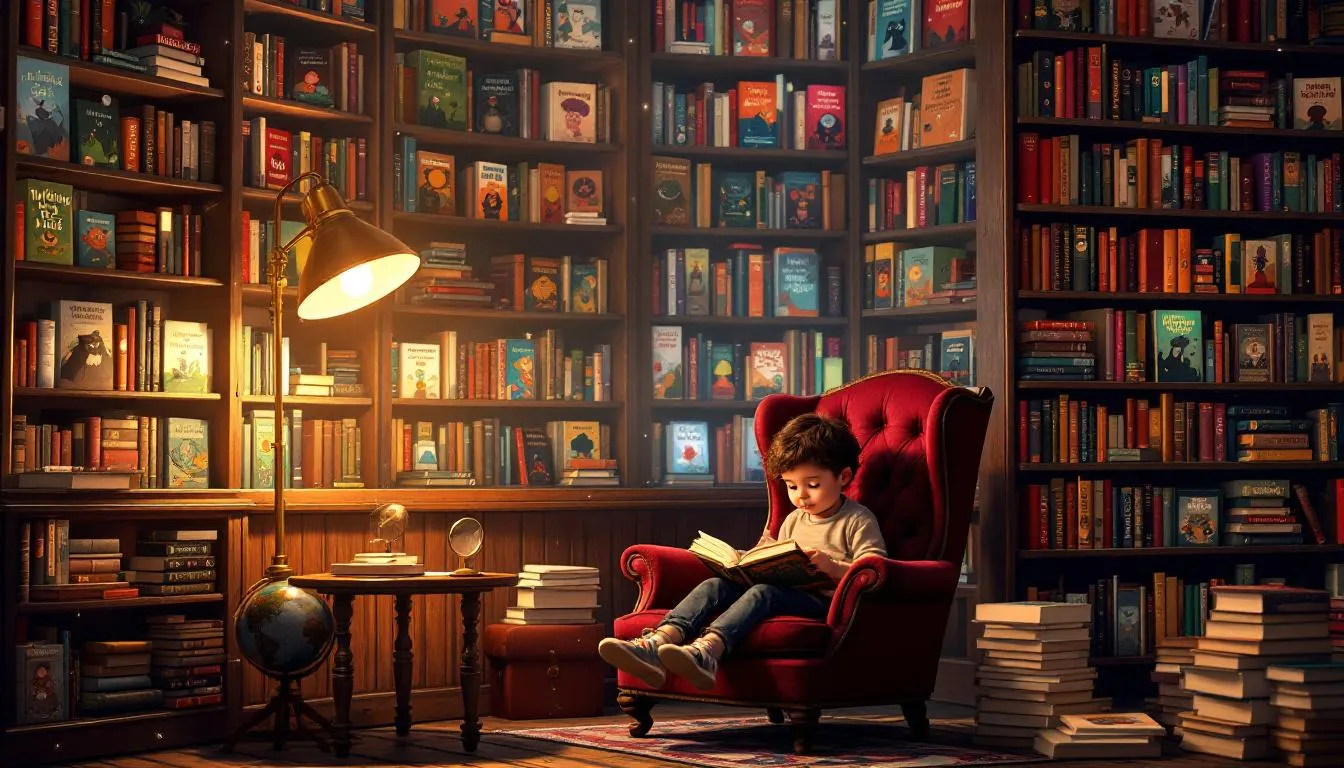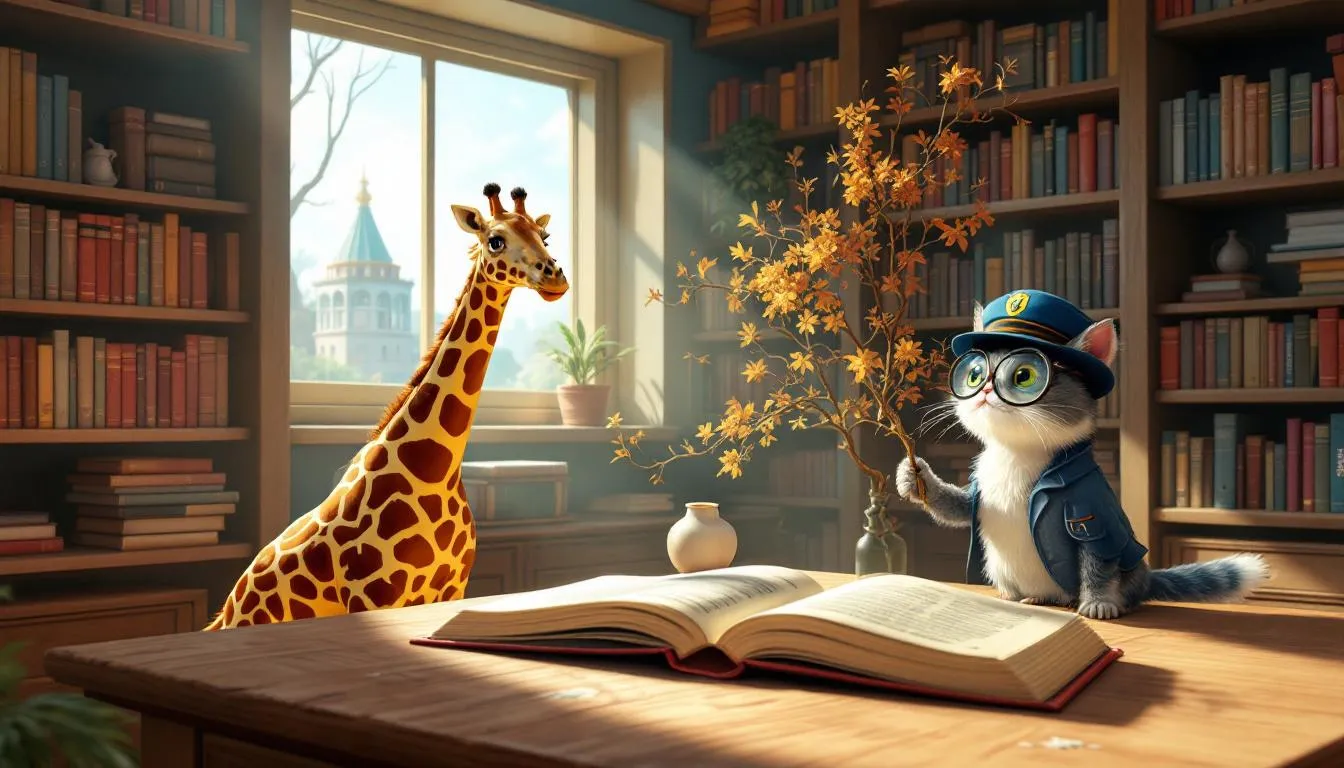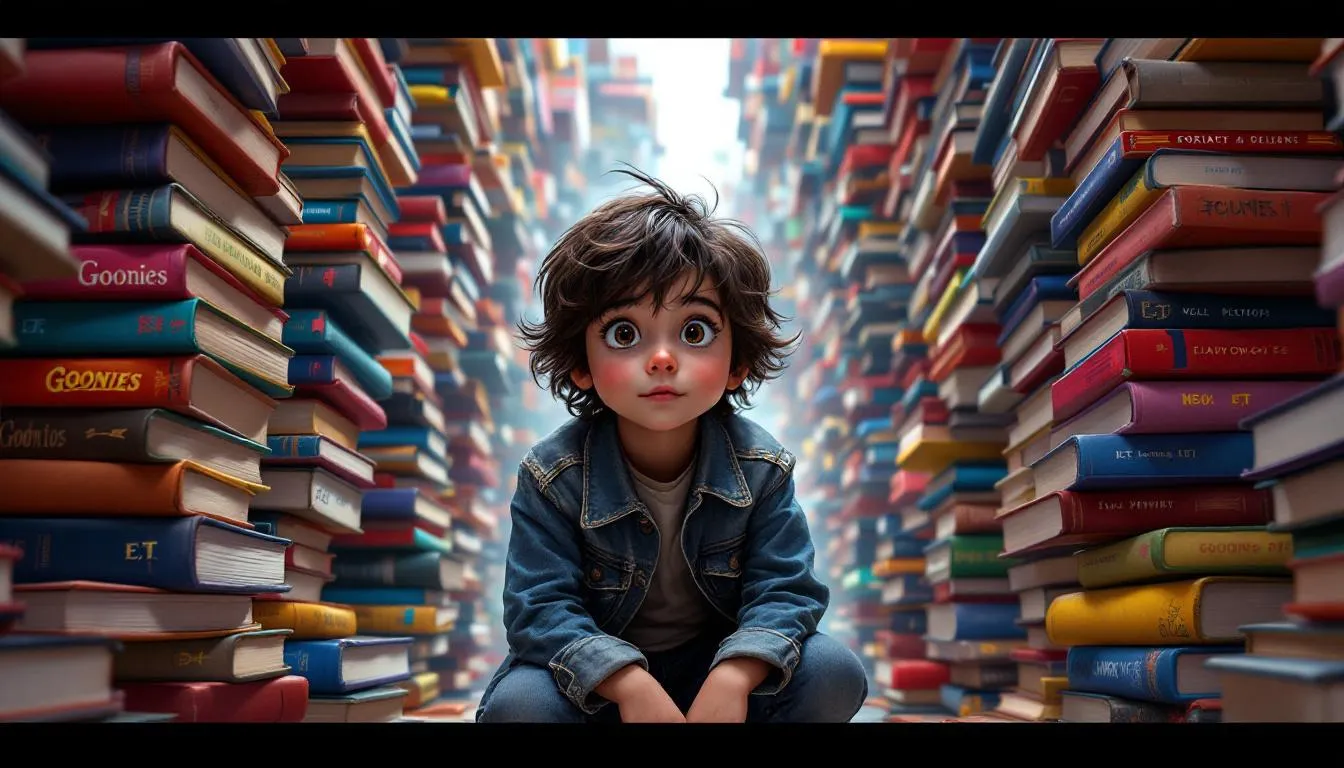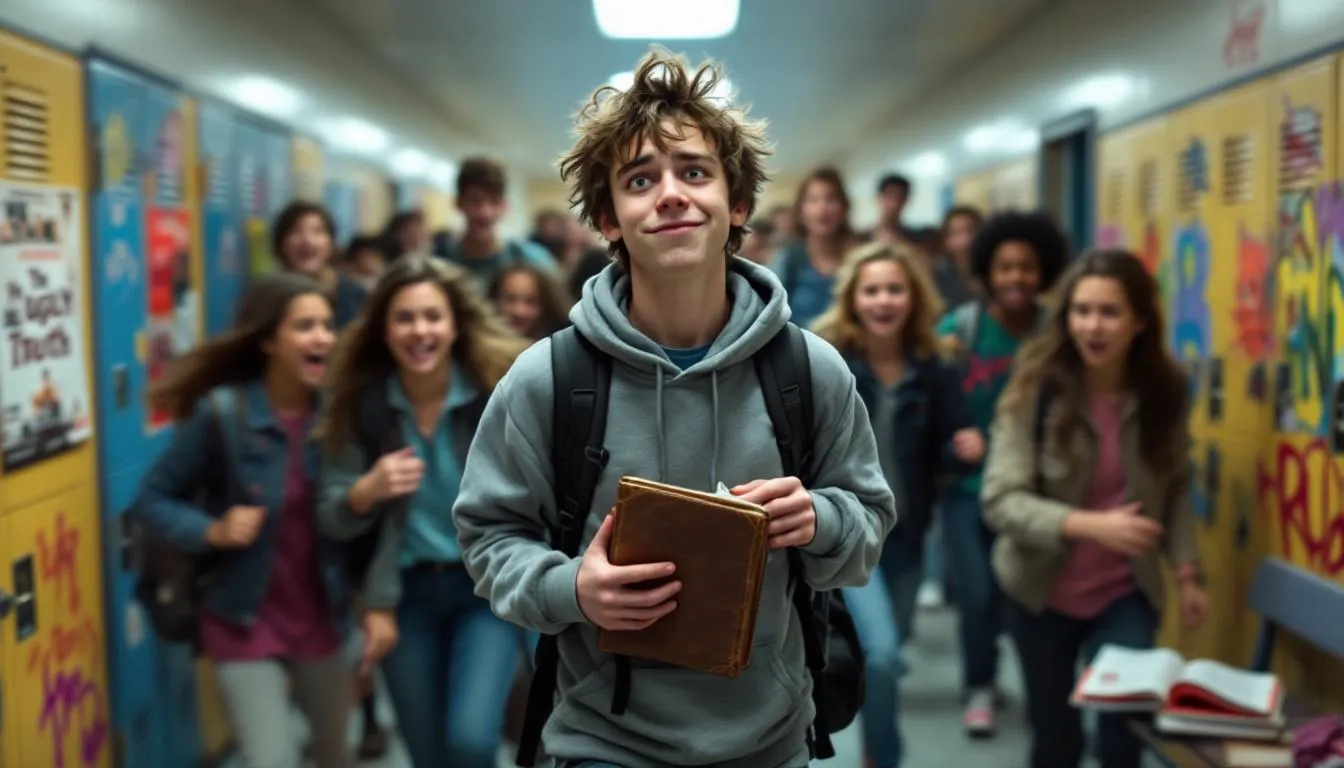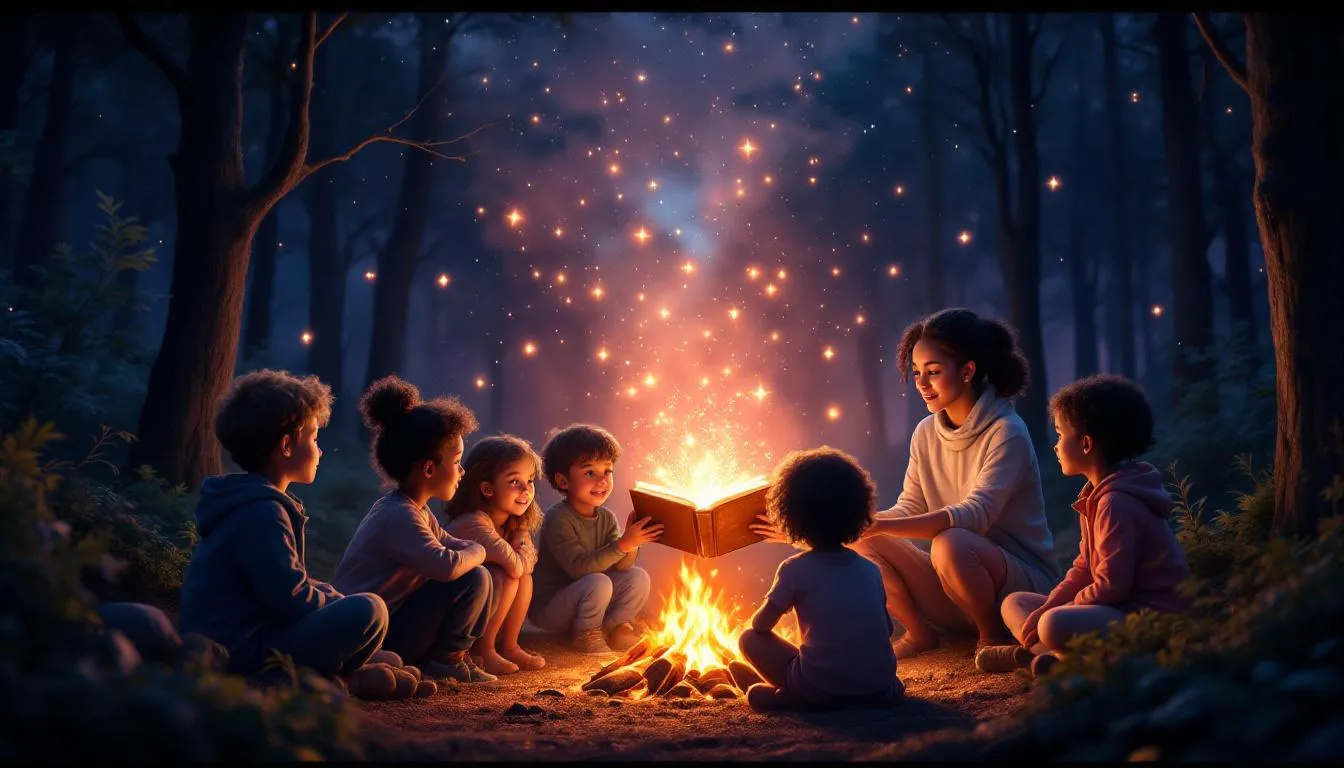Table of Contents
Introduction
Once upon a time, storytelling was a purely human endeavor, filled with the warmth of personal touch and creativity. Today, thanks to artificial intelligence, even machines are weaving tales. The rise of AI-generated children’s books has caught the attention of many parents and educators, sparking curiosity and debate. As we dive into this fascinating world, let’s explore whether these high-tech bedtime stories truly capture the magic and wonder our little ones crave.
The Quality of AI-Generated Children’s Books
Evaluating the quality of AI-generated children’s books begins with the storytelling itself. AI can rapidly produce plotlines, but does faster mean better? Not always. While AI can create structurally sound stories—with beginnings, middles, and ends, and sometimes a plot twist or two—the soul of storytelling often feels robotic. It’s like a pizza with all the toppings but no cheese; something essential is missing.
Comparing AI-crafted narratives to traditionally authored books, you’ll notice human authors bring a certain flair and warmth that machines can’t replicate. Think about your favorite children’s book—was it the quirky characters, the surprising turn of events, or the unique twist on universal themes? Human writers excel in blending creativity with cultural nuances and personal experiences.
Then, there’s the visual appeal. Illustrations play a crucial role in children’s books, sparking imagination even before a single word is read. AI can generate images, but often they lack the charm and originality of a human illustrator. I once tried an AI-generated book with my kids; the illustrations were colorful but felt somewhat generic, like clip-art with a sprinkle of digital magic.
As children’s literature evolves, the creativity behind these AI tools becomes intriguing. Are these digital authors merely following a formula, or is there room for genuine creativity?
Creativity in AI-Authored Literature
AI’s creative capabilities are both intriguing and surprising. Intelligent algorithms draw from vast databases of stories, characters, and themes to generate new narratives. Imagine a digital library where countless tales are at the AI’s fingertips, ready to be mashed into something fresh. Impressive, right? Yet, as much as AI mimics creativity, it’s not the same as having a lightbulb moment over coffee.
In some cases, AI surprises with innovative stories, like a young astronaut befriending a moon-dwelling creature, sparking giggles and ponderings about the universe. Or the tale of a mischievous squirrel turning invisible, leading to an uproarious forest adventure. These stories highlight AI’s potential to delight and inspire imagination.
However, AI faces limitations and challenges in creativity. It lacks personal experiences, cultural contexts, and the emotional intricacies that make storytelling powerful. Often, it misses the subtle humor and unique voice inherent to human authors. It’s akin to teaching a robot to wink—it might get the mechanics right, but the charm is lost.
As we consider AI’s role in children’s literature, exploring how these stories reach young readers and what makes them accessible is also important.
Pricing and Accessibility
AI-generated children’s books vary widely in pricing. Some are free or low-cost due to reduced overheads in AI production. Without the need for human writers or illustrators demanding royalties, these books are cheaper to produce. I once picked up an AI-generated eBook for the price of a latte, thinking it was a steal. This is great news for parents wanting to fill their children’s bookshelves affordably.
However, compared to traditionally authored children’s books, there is often a noticeable difference in investment. A beautifully illustrated hardcover by a beloved author might have a higher price tag, but you’re paying for creativity, unique art, and storytelling prowess. It’s like choosing between a fast-food burger and a gourmet meal; both satisfy, but one offers a richer experience.
In terms of accessibility, AI-generated books are generally easier to obtain, often available online with a click. This is beneficial for families in remote areas or those seeking instant access to new stories. However, this availability brings its challenges, especially concerning the quality and substance of the content being consumed.
As we assess AI’s role in children’s literature, considering the broader implications and societal discussions around this technology is vital.
Controversies and Criticisms
A major controversy surrounding AI-generated children’s books is the ethical implications of machine authorship. The idea of a computer program crafting stories for our children can be unsettling. Storytelling is a deeply human tradition, rich with emotion, empathy, and cultural complexities. Can a machine truly honor that tradition? This question leaves many pondering technology’s role in a historically human-centric space.
Then there’s the debate over intellectual property and authorship. Who owns a story spun by an algorithm? Is it the programmer, the company owning the software, or perhaps the AI itself? This modern riddle has lawyers scratching their heads, raising concerns about fairness and potential exploitation of creative content. A fellow parent once joked, “Imagine my kid’s bedtime story being written by a robot, and I’m not sure if I’m paying the robot or the programmer!”
Public skepticism also plays a significant role in the controversy. Many parents and educators are wary of the perceived coldness and lack of originality in AI stories. There’s a fear that over-reliance on AI could erode the rich tapestry of cultural and personal narratives human authors provide. At a book fair, I noticed a crowd buzzing around AI-generated books, filled with both excitement and skepticism about whether these books could truly engage and inspire young minds.
Reflecting on these controversies, it’s crucial to consider how AI’s role in children’s literature might evolve, potentially reshaping the landscape in unexpected ways.
The Future of AI in Children’s Literature
Imagine a world where AI could analyze a child’s reading preferences and craft a bespoke story tailored to their interests. This is one of the potential advancements in AI technology that could transform children’s literature. For example, KidTeller creates a personalized storybook where your child is the hero. Just upload a photo, and we’ll generate a custom book filled with adventures made especially for your toddler or young child – magical, memorable, and uniquely theirs. AI has the capability to learn and adapt, suggesting future iterations might inject more personality and creativity into stories, perhaps even mimicking the style of beloved human authors. AI could become a tool that enhances storytelling rather than just an alternative.
Market trends are likely to shift as AI develops. Parents might initially approach AI-generated books with curiosity and skepticism, much like trying kale chips for the first time—interesting, but do I really like it? As AI becomes more sophisticated, acceptance could grow. Families might appreciate the convenience and novelty these books offer, especially if they can customize stories on demand. Imagine a bedtime story incorporating your child’s name and favorite animal—what a delight!
The role of human authors will likely evolve as well. Rather than being replaced, authors could find themselves collaborating with AI to create richer, more immersive stories. Think of it as a creative buddy who never tires or runs out of ideas. By blending human intuition and emotional depth with AI’s data-processing abilities, the storytelling landscape could become more diverse and dynamic.
As we ponder these possibilities, it’s fascinating to consider how the intersection of technology and creativity might continue to unfold.
Conclusion
Reflecting on the journey through AI-generated children’s books, it’s clear that while these digital creations offer intriguing potential, they may not yet capture the full essence of human storytelling. They present a cost-effective, accessible option but often lack the emotional depth and cultural richness of traditional books. As technology and creativity continue to intersect, perhaps the future holds a harmonious blend, enhancing rather than replacing human authorship. Whether you’re a curious parent or an educator, I encourage exploring these AI tales, embracing both innovation and the timeless art of storytelling.
